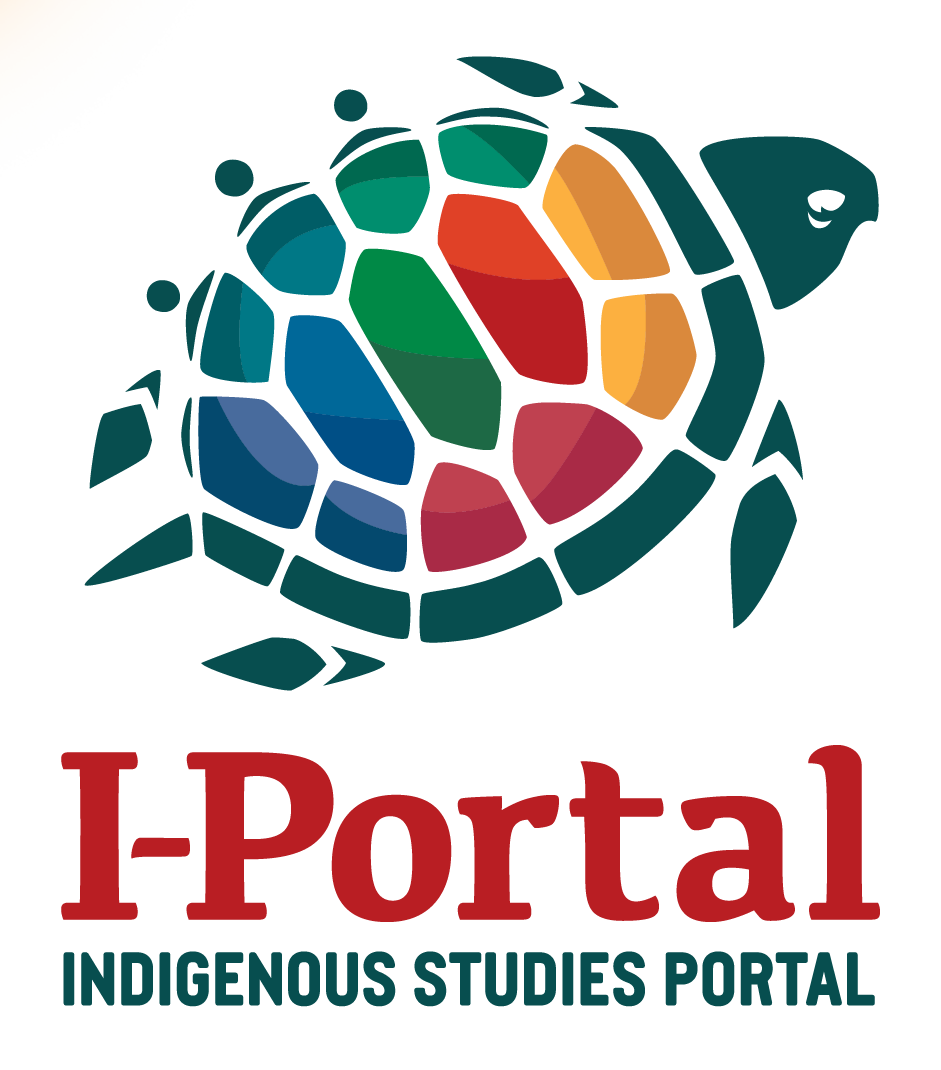Aboriginal Astronomer Credited with Comet Find
Brief profile of role model Rob Cardinal, a Blackfoot astronomer credited with discovering Comet Cardinal.
Entire issue on one pdf. To access article scroll to p.19.
Aboriginal Oral Traditions of Australian Impact Craters
Alaska Athabascan Stellar Astronomy
Northern Studies Thesis (MA) -- University of Alaska Fairbanks, 2023.
The Arctic Sky: Inuit Astronomy, Star Lore, and Legend
The Arctic Sky: Inuit Astronomy, Star Lore, and Legend
Asiatic Parallels in North American Star Lore: Milky Way, Pleiades, Orion
Asiatic Parallels in North American Star Lore: Ursa Major
Astrodigenous
Searchable website is an online portal giving educators access to Indigenous sky-knowledge resources.
Astronomical Alignment of the Big Horn Medicine Wheel
Astronomical Content of North American Plains Indian Calendars
Astronomical Tables Intended for Use in Astro-Archaeological Studies
Astronomy in the Native-Oriented Classroom
Atchakosuk: Ininewuk Stories of the Stars
Discusses Ininewuk (Cree) perspectives of astronomy, including mythology, stories and unique interpretations.
Bat Steals the Moon
Retelling of traditional story.
Source: Man in the Moon: Sky Tales from Many Lands collected by Alta Jablow and Carl Withers.
Battle of the Northern Lights
Traditional Sami story.
Source: The Storytelling Star by James Riordan.
Big Horn Medicine Wheel: Why Was It Built?
A Blackfoot Sun and Moon Myth
Book Reviews:
Calendars of the Indians North of Mexico
Can a Myth Be Astronomically Dated?
Ceremonies of Possession in Europe's Conquest of the New World, 1492-1640
Challenging Epistemologies: Exploring Knowledge Practices in Palikur Astronomy
The Cherokee Sacred Calendar: A Handbook of the Ancient Native American Tradition. Raven Hail
A Collection of Curricula for the STARLAB Inuit Star Lore Cylinder. Including Inuit Star Lore by Ole Knudsen
Although designed for use with the SKYLAB cylinder, can be modified for use without it.
A Collection of Curricula for the STARLAB Maya Skies Cylinder, Including The World of the Maya by Eileen M. Starr
Although designed for use with the STARLAB cylinder, can be adapted for use without it.
A Collection of Curricula for the STARLAB Native American Mythology Cylinder. Including Stories of the Early Americans by Gary D. Kratzer; Background Information on the Navajo by Gloria D. Rall; More Native American Star Legends by Doris Forror
Although designed for use with the STARLAB cylinder, contains script which can be adapted for use without it.
The Comanche Sun Dance
Cosmological Order As a Model For Navajo Philosophy
Cosmologie, Mythologie et Récit Historique dans la Tradition Orale des Algonquins de Kitcisakik
Cosmos, Culture and Landscape: Documenting, Learning and Sharing Aboriginal Astronomical Knowledge in Contemporary Society
Science & Engineering Thesis (PhD) - Curtin University, 2014.
The Council Circles of Central Kansas: Were They Solstice Registers?
Coyote in Navajo Religion and Cosmology
Coyote Places the Stars [by] Harriet Peck Taylor
Designed to accompany retelling of traditional Wasco story about how stars came to be arranged in the shapes of animals. Recommended for use with Grade 3 students.
[Cree Star Stories]
Cultures in Collision: Cosmology, Jurisprudence, and Religion in Tlingit Territory
Doctrine of Discovery: The Legacy and Continuing Impact of Christian "Discovery" on American Indian Populations
The Earthquake and Halley's Comet: Two Jiwarli Texts
The Economy of the North
Eskimo with Telescope
Ethnological Notes on the Astronomical Customs and Religious Ideas of the Chokitapia or Blackfeet Indians, Canada
Exploring the Night Sky Indigenous Inquiry Kit
Includes annotated bibliography, book critiques, and four lessons plans appropriate for sixth grade.
A Fictive Kinship: Making "Modernity", "Ancient Hawaiians", and Telescopes on Mauna Kea
The First Astronomers: How Indigenous Elders Read the Stars
Forty-Third Annual Report of the Bureau of American Ethnology to the Secretary of the Smithsonian Institution, 1925-1926
Grade 5: Teliaqewey, Kaqowey net Teliaqeweyminu? = Ah, the Truth. What Is Our Truth? = Wolamewakon. Keq Nit Kwolamewakonon?
Content focused on the Mi'kmaq, Wolastoqewiyik, and Passamaquoddy (Peskotomuhkati) peoples of New Brunswick.
Related materials: Interactive Activities; Activity Answer Sheet Lesson A: Worldview in Muin/Bear/Muwin and The Seven Hunters
A Grammar of Time: Lakota Winter Counts, 1700–1900
He Whare Hangarau Māori: Language, Culture & Technology
Hodinohsyo:nih Star Knowledge
Traditional stories include: The Seven Brothers (Big Dipper); Nya-Gwa-Ih, The Celestial Bear; The Seven Star Dancers; The Seven Brothers of the Star Cluster (Pleiades), Ga-Do-Waas and His Star Belt (Milky Way); and The Man-Eating Wife, the Little Old Woman and the Morning Star.
Haudenosaunee refers to the six nations (Kanien’kehaka (Mohawk), Onayotekaono (Oneida), Onandaga, Guyohkohnyoh (Cayuga), Onondowahgah (Seneca), and Skaruhreh (Tuscarora)) which comprise the Iroquois Confederacy.
How Coyote Created the Sun
Retelling of a traditional story. Suggested age range 6-11 years.
